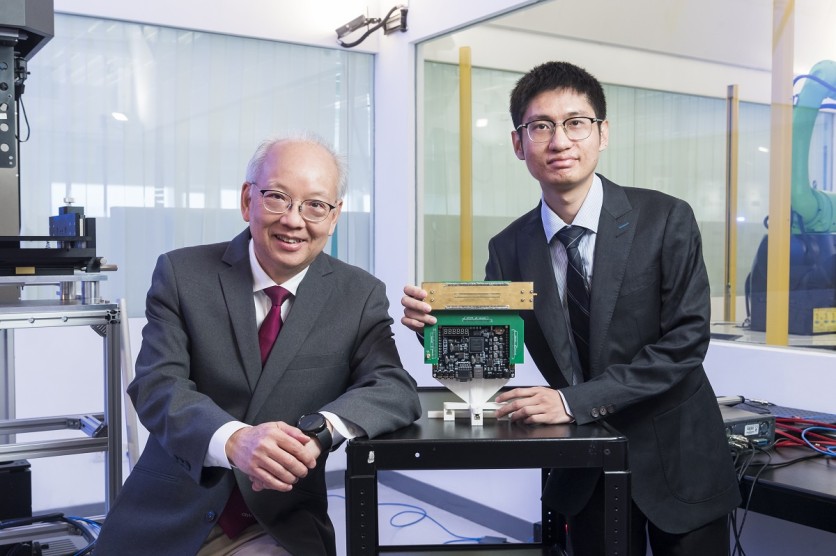A team of researchers from Hong Kong has developed an innovative antenna. This boasts the unique capability to dynamically, simultaneously, independently, and precisely control all essential aspects of electromagnetic waves through computer software.

Promising Future for 6G
Described as the 'Holy Grail' by researchers, a team led by Professor Chan Chi-hou at the City University of Hong Kong has designed a groundbreaking antenna with the ability to manipulate all five crucial aspects of electromagnetic waves through computer software.
Named the 'microwave universal metasurface antenna,' Interesting Engineering reported that it can dynamically, simultaneously, independently, and precisely control essential wave properties via software.
Professor Chan emphasized that having a universal component capable of managing all fundamental wave properties is a significant breakthrough for physicists and engineers.
This advancement holds great promise for the future of 6G wireless communication systems, offering unique capabilities for controlling and securing signals across various applications involving sensing, information gathering, communication, and data transmission.
Revolutionizing Wireless Communication
The groundbreaking antenna revolutionizes the simultaneous adjustment of wave strength, timing, frequency, direction, and vibration, which is a remarkable achievement in the field. This innovation represents the first instance of an antenna performing all these functions concurrently, marking a substantial breakthrough.
What sets this antenna apart is its applicability in advanced information systems, offering exceptional capabilities for future technologies. Its proficiency in handling extensive data while ensuring robust security makes it a valuable asset.
Additionally, CityU cited that the antenna boasts wireless power transfer capabilities, enabling the charging of devices without physical connections.
A notable feature of the antenna is its ability to govern the direction of electromagnetic radiation. This unique attribute enhances privacy and security, making it an ideal choice for communication systems where safeguarding against eavesdropping or unauthorized access is paramount.
These advancements significantly broaden the potential applications of the universal metasurface antenna (UMA) across various fields, including augmented reality, holography, integrated sensing and communications for 6G, quantum optics, and quantum information science.
Professor Wu Gengbo, the primary author of the paper, expressed optimism about the UMA's role as a cost-effective, highly integrated, and low-power information transmitter.
As published in Nature Communications, the researcher emphasized that while the UMA has been demonstrated in the microwave band, its underlying concept can be extended to terahertz frequencies using specific technologies.
This extension opens up possibilities for applications in augmented reality, holography, integrated sensing and communications for 6G, quantum optics, and quantum information science.
The collaborative success in developing the universal metasurface antenna, a groundbreaking achievement, was realized through the partnership between CityU and Southeast University.
The research received support from the Hong Kong Research Grants Council under the Theme-Based Research Scheme and the Guangdong-Hong Kong Joint Laboratory for Big Data Imaging and Communication.
Professor Chan highlighted the pivotal role played by the collaboration, emphasizing that the combined expertise and resources of both institutions were crucial in overcoming complex research challenges and attaining remarkable results.
He stated that the invention brings novel elements to the integration of sensing and communications, opening up exciting prospects for the future.

ⓒ 2025 TECHTIMES.com All rights reserved. Do not reproduce without permission.




